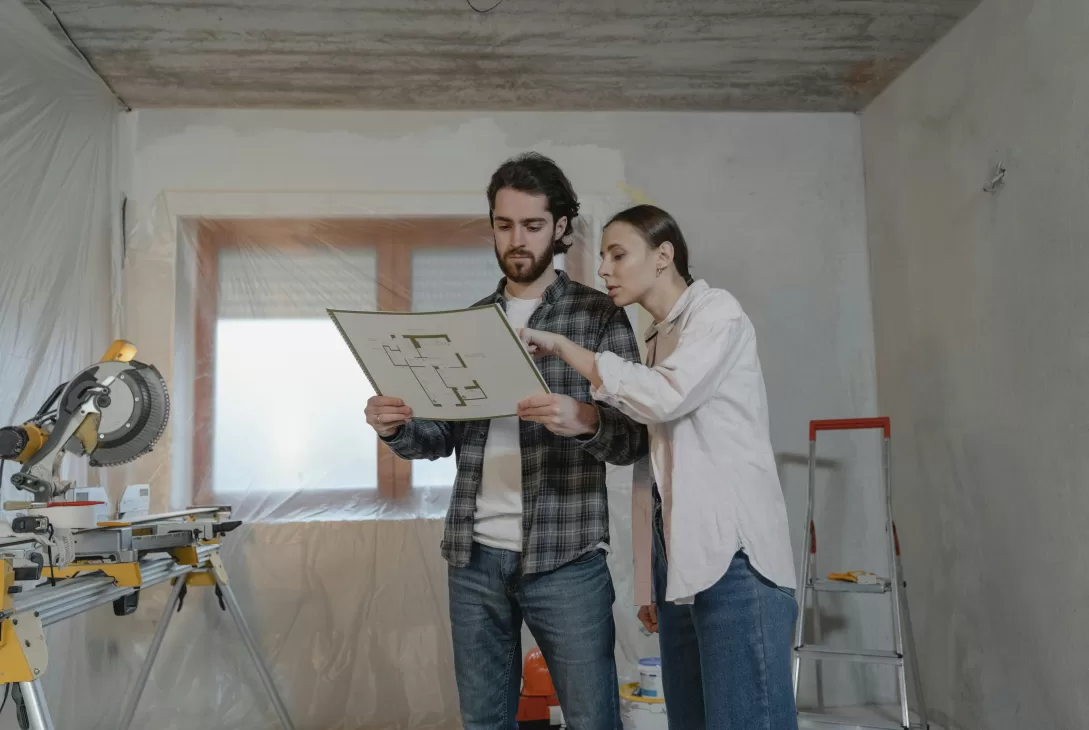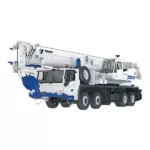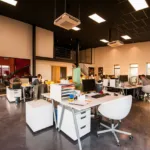In today’s competitive landscape, crafting a solid physical presence is crucial. Two powerhouses in this arena are commercial and gallery interior design services. Though both involve design and construction, they cater to distinct needs. Let’s unravel the key differences to help you choose the exemplary service for your goals.
Understanding the Commercial and Exhibition Design and Building Services
Before diving in, let’s define each service:
Commercial Design and Build Services:
Commercial design and build services encompass the planning, designing, and constructing functional and aesthetically pleasing spaces for businesses such as office buildings, restaurants, or retail stores.
Exhibition Design and Build Services:
This service creates temporary, captivating environments for events, trade shows, and exhibitions. The aim is to grab attention and showcase products or services memorably.
Key Differences Breakdown
While both services create physical spaces, their purposes and execution differ significantly:
Scope and Purpose: Commercial design prioritizes long-term functionality, brand identity, and customer experience in a permanent space. Exhibition design creates a captivating, temporary environment for short-term engagement and brand impact.
Design Elements:
- Commercial Design: Functionality reigns supreme. Ergonomic layouts and practical considerations ensure smooth operations.
- Exhibition Design: Creativity and storytelling take center stage. Visually stunning and immersive experiences are vital to leaving a lasting impression.
Flexibility and Adaptability:
Commercial spaces must be flexible to accommodate future growth. Exhibition designs are adaptable, catering to different event themes and venues.
Challenges and Advantages
Each service comes with its own set of hurdles and benefits:
Commercial Design and Build Services
Challenges:
- Regulatory Compliance: Building codes, zoning regulations, and accessibility standards can add complexity.
- Space Optimization: Balancing space efficiency with a comfortable work environment requires careful planning.
- Budget Management: Staying within budget while maintaining design quality can be a constant juggle.
Benefits:
- Brand Identity: Well-designed spaces reflecting your brand identity can enhance customer loyalty and perception.
- Functional Efficiency: Optimized spaces can improve workflow, employee productivity, and customer satisfaction.
- Long-Term Investment: Investing in quality design and construction yields long-term benefits like durability, lower maintenance costs, and adaptability to future needs.
Exhibition Design and Build Services
Challenges:
- Time Constraints: Tight deadlines for event setups demand maintaining design quality and functionality under pressure.
- Theme Consistency: The exhibition design must seamlessly align with the theme and brand messaging.
- Mobility and Logistics: Transportation, setup, dismantling, and storage across different locations add logistical complexity.
Benefits:
- Engagement and Impact: Immersive experiences can attract and engage attendees, boosting brand visibility and potential leads.
- Flexibility: Designs can be customized for various events and venues, allowing versatility and creativity.
- Measurable ROI: Exhibitions offer opportunities to track the return on investment through foot traffic, lead generation, and attendee feedback.
Conclusion
The choice between commercial and exhibition design and build services hinges on specific objectives. Whether you seek a lasting productivity hub or a temporary platform to engage audiences, both options offer unique advantages. Commercial services are ideal for long-term needs, shaping spaces that embody brand identity, boosting employee satisfaction, and optimizing functionality. Conversely, exhibition services excel in creating impactful, temporary experiences that resonate with event attendees, enhancing brand awareness, and generating leads. Understanding these strengths empowers informed decisions, shaping a robust physical presence crucial for business success, irrespective of permanence, in brand strategy.







